What is Graphic design ? | Complete Guide for Beginners
Graphic design is a creative process that involves visually communicating ideas and messages through the use of images, typography, and layout. It encompasses various mediums such as print, digital media, and branding. A Complete Guide Book for Beginners in graphic design would cover fundamental principles like color theory, composition, and typography, along with practical skills using design software.
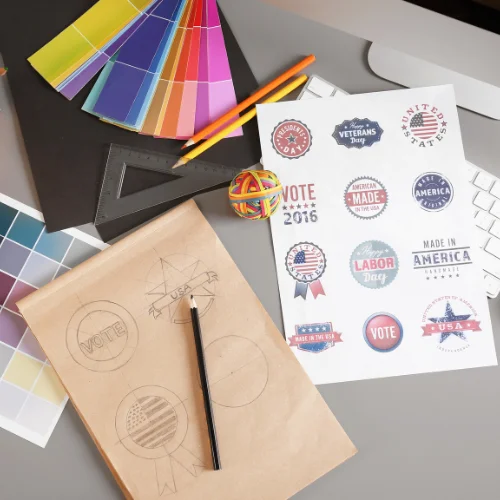
What is Graphic Design ?
Graphic design is a way of using images, colors, and text to create visually appealing and effective communication. It involves arranging these elements in a way that looks good and helps convey a message or idea.
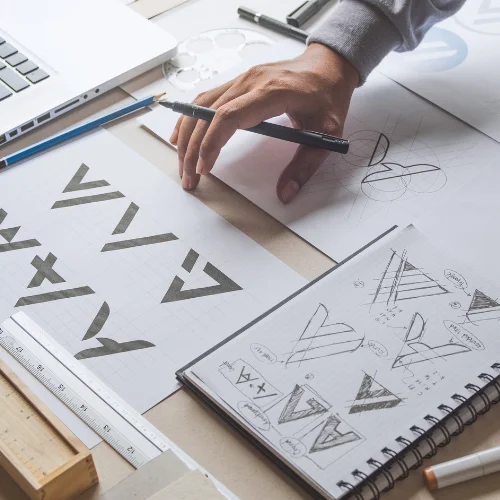
Essential Tools and Software for Designers
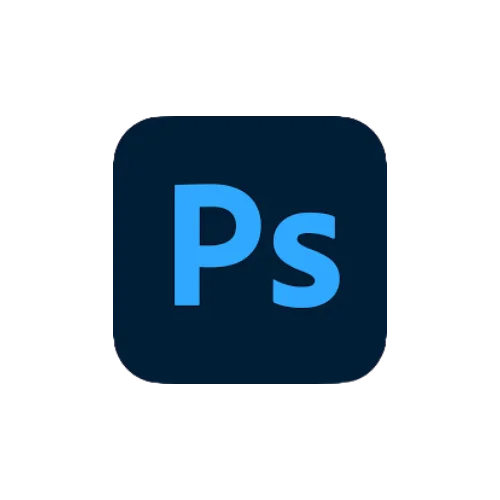
Adobe Photoshop
Adobe Photoshop is a powerful raster graphics editor widely employed for image editing, manipulation, and enhancement. Renowned for its extensive array of tools and features, Photoshop allows users to perform tasks like retouching, color correction, and composition. Its versatile layer-based approach enables intricate editing, while filters and effects enhance creative possibilities. Photoshop is instrumental in various industries, including photography, design, and digital art, providing a comprehensive platform for professionals to produce stunning visuals for both print and digital media.
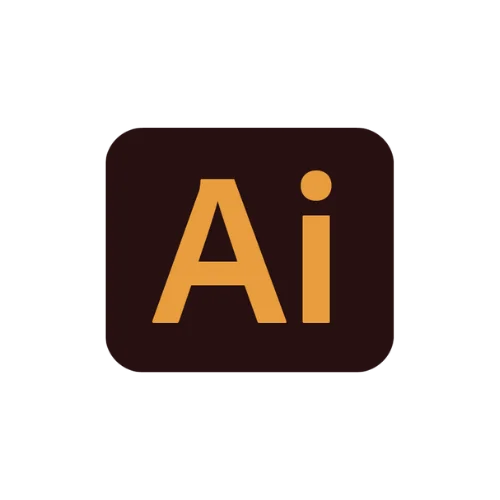
Adobe Illustrator
Adobe Illustrator is a versatile vector graphics editor used for creating scalable and high-resolution artwork. It offers a range of drawing tools, typography features, and color options, allowing designers to create precise and visually appealing illustrations. With a layer-based workflow, integration with other Adobe products, and support for various file formats, Illustrator is a go-to tool for graphic design, web design, and illustration, enabling professionals to produce professional-quality designs for print, web, and multimedia applications.

CorelDRAW
CorelDRAW is a vector graphics editor developed by Corel Corporation, serving as a comprehensive design tool for creating illustrations, logos, and layouts. With a user-friendly interface, it offers a wide range of drawing and shaping tools, facilitating precise and customizable designs. CorelDRAW supports various file formats, including AI, PSD, and PDF, ensuring compatibility with other design software. Its robust typography features, color management tools, and advanced layout options make it a preferred choice for graphic designers, illustrators, and professionals working in print and digital media.
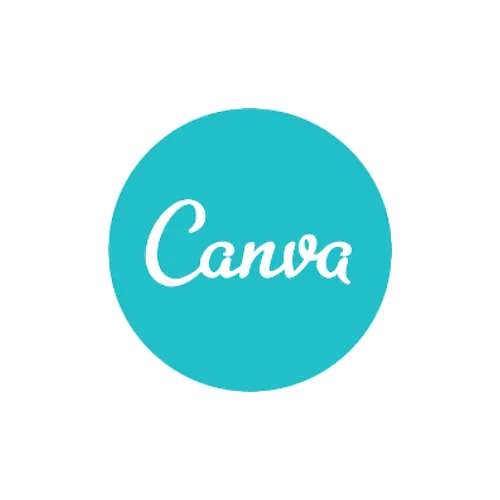
Canva
Canva is a web-based graphic design platform that simplifies the creation of various visual content, making it accessible to users with varying design expertise. It offers a user-friendly interface with drag-and-drop functionality, allowing individuals and businesses to easily design graphics, presentations, social media posts, posters, and more. Canva provides a vast library of pre-designed templates, graphics, photos, and fonts that users can customize to suit their needs.Canva is widely used for creating professional-looking designs quickly and efficiently, making it a popular tool for a broad range of users, from students and small businesses to social media marketers and non-design professionals.
Step-by-Step Guide for Beginner Graphic designer

Start
Embarking on a journey as a beginner graphic designer requires dedication and continuous learning. Start by mastering the basics, choose the right tools, and delve into design fundamentals. Stay inspired by staying connected to design communities and never stop learning.As you gain experience, consider specializing in a particular area of interest.

Learn
Learn about fonts, sizes, and spacing. Experiment with combining different fonts for a balanced look.Apply what you learn through consistent practice. Experiment with different tools, features, and techniques within the software.Select a graphic design software that aligns with your goals and preferences.

Explore
As you advance in your graphic design journey, it’s time to explore more sophisticated aspects of the craft. Delve into advanced features of your chosen software, unlocking capabilities that elevate your designs. Learn about complex tools, layers, and functionalities that empower you to bring intricate ideas to life.

Portfolio
A well-crafted design portfolio is your visual narrative, telling the story of your creative journey. Begin by selecting a diverse array of projects, showcasing your adaptability across various mediums. Quality should always take precedence over quantity; let each piece be a testament to your skill and innovation.

5.Upgrade
Graphic design is a dynamic field. Keep learning and exploring new techniques, tools, and design styles to stay relevant.Dive into the multidimensional realms of 3D design, animation, and augmented reality, infusing your creations with a depth and dynamism that goes beyond the constraints of two-dimensional visuals.
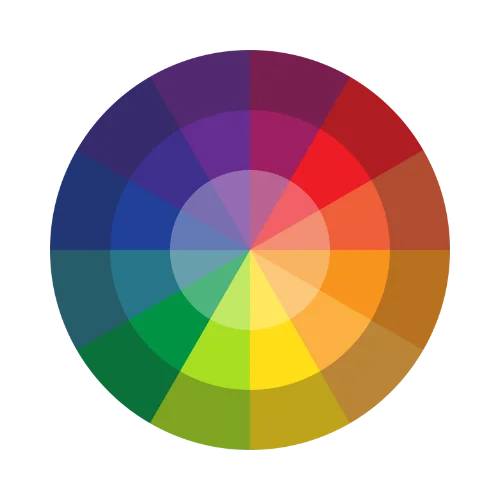
Color Theory & Typography Basics
Colors evoke specific emotions. For example, blue may represent calmness, while red can convey energy or passion. Understanding color psychology helps in effective communication. Neutral Colors Black, white, gray, and brown are considered neutral colors. They can be used to balance and complement vibrant hues.Different color combinations create harmonies.Examples include analogous (colors next to each other on the wheel), complementary (opposite colors), and triadic (three evenly spaced colors).
Typography is a key element in design, influencing the overall aesthetics and effectiveness of communication. Proper use enhances the impact of visual content.Maintain consistency in font choices and styles throughout a design to create a cohesive and professional look.
Future Trends in Graphic Design
Surrealism
Surrealism in graphic design transforms the canvas into a playground of imagination, where reality takes a backseat, and creativity knows no bounds. It’s a visual journey into the fantastical, where dreamlike imagery dances with symbolic representation.
In this realm, designers craft compositions that defy the ordinary, inviting viewers to navigate through unexpected twists and turns. Distorted realities, absurd juxtapositions, and clever typographic play characterize this unique style.


Data Visualization
The future of data visualization in graphic design promises a dynamic and interactive landscape. One notable trend is the increasing emphasis on interactivity and user engagement, allowing individuals to explore and interact with datasets in a more immersive manner.
collaborative platforms for data visualization will likely facilitate teamwork, allowing multiple users to collaborate seamlessly in real-time. As these trends unfold, the future of data visualization in graphic design appears to be dynamic, inclusive, and technologically advanced, offering new possibilities for conveying complex information.
3D Graphics
3D graphics are expected to play a significant role in AR and VR experiences. Designers may create interactive and immersive content for applications ranging from marketing to education.Artificial intelligence may be integrated into 3D design processes, allowing for generative design where AI algorithms assist in creating and iterating 3D models based on specified parameters.Advances in rendering technologies will likely lead to even more realistic and hyper realistic 3D graphics. Designers can achieve greater levels of detail, texture, and lighting, enhancing the visual impact of their creations.
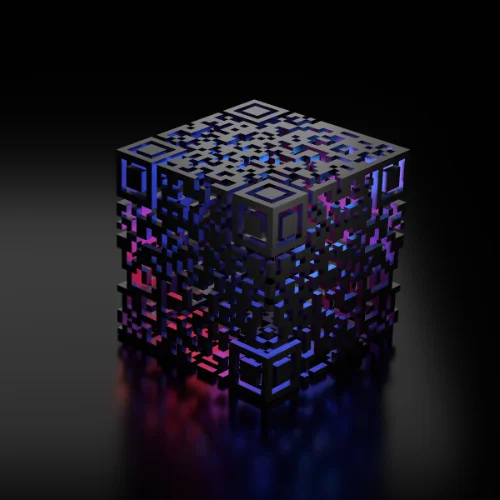

Neomorphism
Neomorphism in graphic design is like a breath of fresh air, offering a sleek and modern twist to traditional aesthetics. This design trend brings a soft and minimalistic approach, using subtle shadows and highlights to create a three-dimensional feel. The color palette is often muted, sticking to gentle grays or pastels, while elements seem to float gracefully on backgrounds. In a world of graphic design, neomorphism is the embodiment of simplicity, sophistication, and a touch of futuristic elegance.
